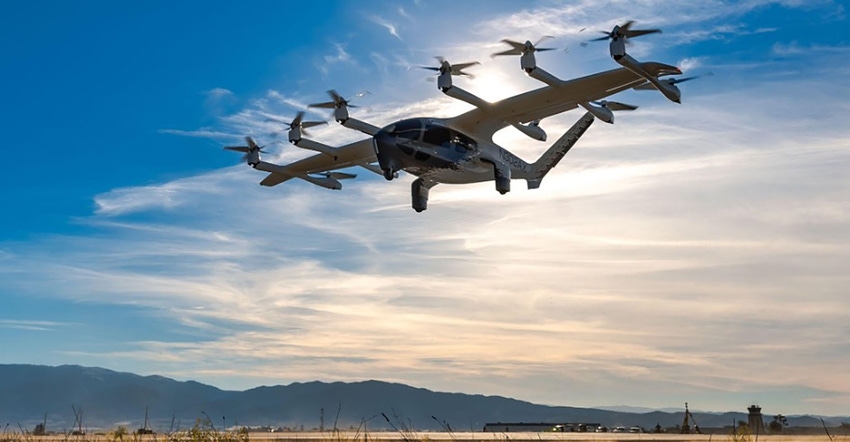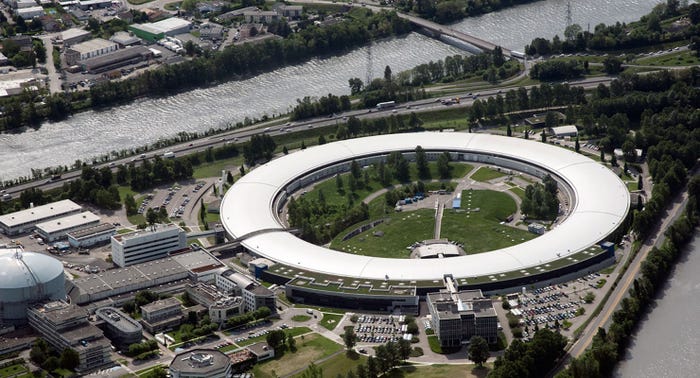Advancing Electric Aviation: NASA and Archer's Crucial Collaboration
Explore the pivotal collaboration between NASA and Archer Aviation, paving the way for electric aviation with innovative battery technology for a sustainable future.

Electric aircraft battery technology is a field that holds immense potential for transforming the aviation industry. One of the primary challenges in the electric aviation landscape lies in the energy storage capabilities of batteries. As battery technology matures, the advancements will influence the feasibility and viability of electric aircraft by addressing critical aspects such as range, weight, and operational efficiency.
The maturation of battery technology will also enhance safety standards. Electric aircraft require batteries with robust safety features to fill passengers' and operators' confidence. As battery technology advances, it enables the integration of innovative safety measures, reducing risks associated with thermal runaway, overheating, and other potential issues. This aspect is critical for gaining regulatory approvals and ensuring the public's trust in the reliability of electric aviation.
The improved energy density could also allow for extended flight ranges, making electric aircraft more versatile and suitable for a plethora of applications, including regional travel and cargo transportation. As battery technology matures, it becomes increasingly compatible with existing infrastructure, paving the way for integrating electric aircraft into mainstream aviation operations.
Recent collaborations, like the one announced between Archer Aviation Inc. and NASA, highlight the importance of advancing battery technology for the success of electric vertical takeoff and landing (eVTOL) aircraft. The partnership with NASA, as outlined in the Space Act Agreement, signifies a significant step forward in developing electric aircraft battery technology. The collaboration is set to begin with a project focusing on studying high-performance battery cells and safety testing tailored for Advanced Air Mobility (AAM) and space applications. Archer believes that this initiative underscores the recognition that the supply chain for electric aircraft is still in its emerging stages, both in the US and globally. Still, this testing will help push progress forward.
Adam Goldstein, Archer’s Founder, and CEO, stated, “Many countries around the world are challenging the US in this new era of flight, and our country is at risk of losing its global leadership position unless we work together, government and industry, to ensure we seize the moment and pioneer this new era of aviation technology, which stands to benefit all Americans.”

The ESRF X-rays are produced by the high-energy electrons that race around the institute’s emblematic "storage ring," an accelerator of impressive proportions with a circumference of 844 meters. Courtesy of ESRF.
Testing will take place utilizing the cutting-edge capabilities of the European Synchrotron Radiation Facility (ESRF)—which produces X-rays 10 trillion times brighter than the X-rays used in hospitals, X-rays that allow us to measure the structure of matter down at the atomic level. The purpose of these tests is to gain insights into the functioning of the cells under extreme abuse conditions. Archer has specifically selected these cells to drive the proprietary electric powertrain system, a design and development effort now transitioning into the initial mass production stages for their electric air taxi, Midnight.
Partnerships like the ones between Archer Aviation and NASA, coupled with the rigorous testing at the European Synchrotron Radiation Facility, are crucial strides toward advancing electric aviation; they can unlock and accelerate the full potential of sustainable and efficient air travel.
About the Author(s)
You May Also Like





